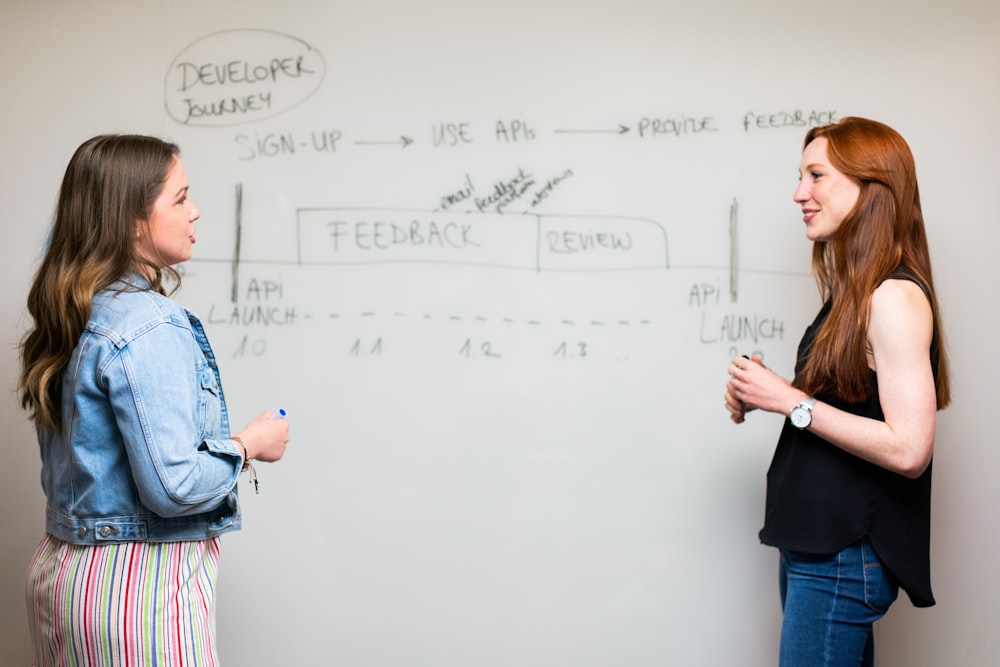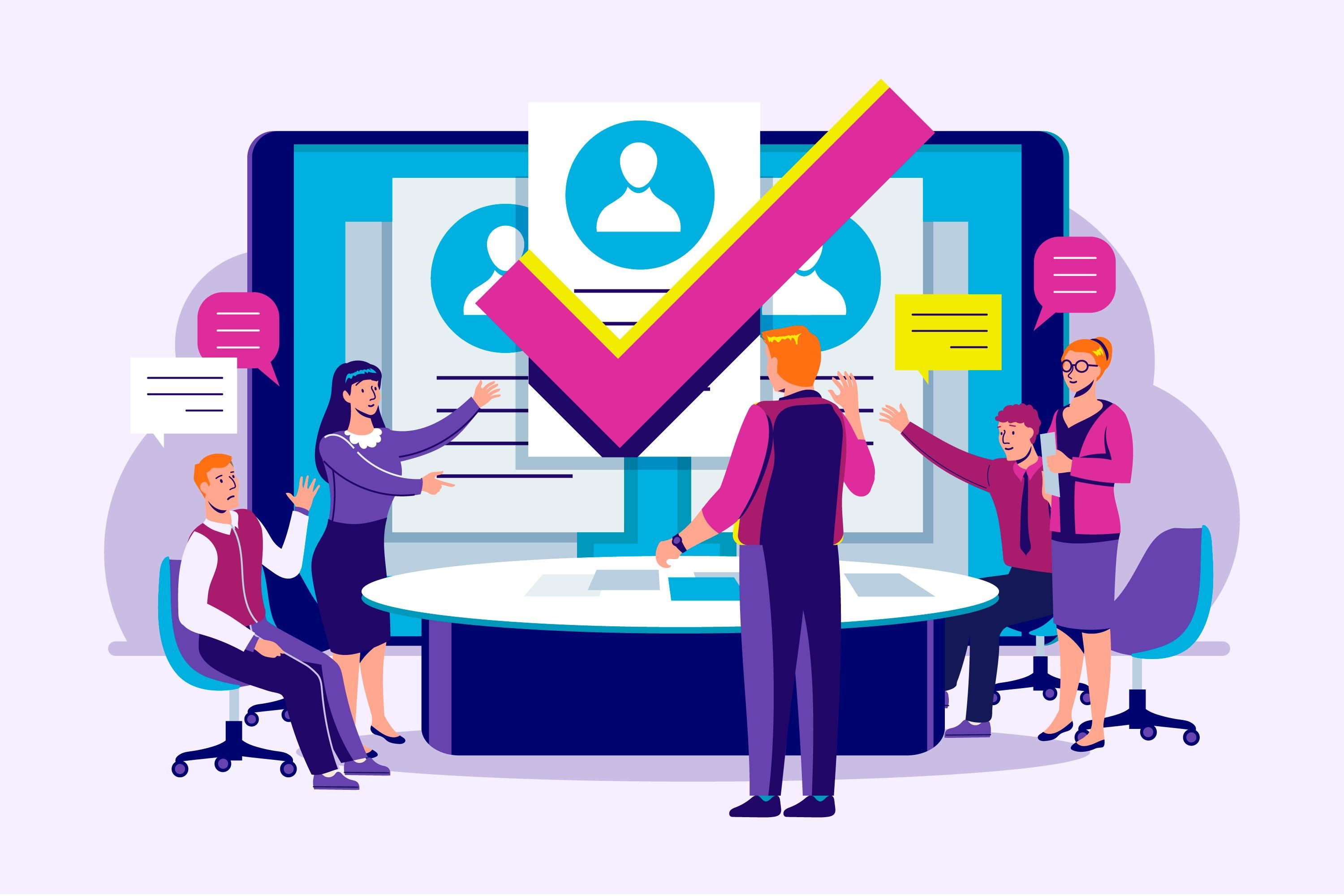How To Choose And Implement An ERP System For Your Business

Photo by ThisisEngineering RAEng https://unsplash.com/photos/uOhBxB23Wao
Disclaimer: The views expressed in this article belong to an independent guest author and not Leaderonomics, its directors, affiliates, or employees.
The market is flooded with many Enterprise Resource Planning (ERP) options, making selecting a suitable solution for your business a daunting task. Many business owners think that any ERP can do the job, and they can quickly adapt to how the software functions. However, the numerous cases of failed ERP adoptions tell a completely different story.
In addition, the ERP system needs to make business functions more efficient and provide the transformation you need to keep you ahead of the competition. Therefore, you shouldn't take choosing and implementing an ERP solution for your business lightly. So, how do you pick the best ERP and how do you go about successfully implementing it?
This article is a simple guide to help you choose the most suitable ERP system for your business and implement it successfully.
What Is An ERP System?
An ERP system is a blend of software and tools that help streamline, standardise, and integrate business processes across various functions. ERP solutions operate on an integrated platform on a single database and with common data definitions.
From this database, the business gets cross-functional visibility, enabling it to analyse workflows and identify areas of inefficiency easily. You also get real-time reports that enable better decision-making.
Steps For Choosing And Implementing An ERP System For Your Business
Choosing the right ERP system for your business is a huge and complicated business decision. You're looking to find a tool that will integrate with your existing infrastructure. Also, it should be one that will transform your business functions for the better.
You may need to consider using a third party, such as Corning Data as your JD Edwards implementation partners or any other provider conversant with RRP systems. Specifically, here are the steps to follow:
Step 1: Identify Your ERP Needs
The first step is to identify your need for an ERP system. You need to make sure you have a need that needs the solution. To identify your needs, ask yourself these two questions: do you need an ERP? And why do you need it? Once you’ve identified the what and why it becomes easier to know what functions you need the ERP system to perform.
Read more: How Do You Change Inside Out?
Step 2: Make A List Of Requirements
There are hundreds of ERP systems out there, all promising to make your business operate better. But they're not all the same. That's why you need to make a list of the functionalities you need an ERP system to have. With that list, you can select a few potential vendors who match your requirements.
Step 3: Evaluate The Systems
After identifying a few providers who match your needs and requirements, start the process of evaluating each one. Create a grading method to help you come up with only a few that you think you can work with. Among the issues to consider is the cost, including maintenance fees, system scalability, learning curve, and the vendor’s industry experience.
Afterwards, you can invite them to demonstrate how their systems work. You need to have specified tasks that you want the vendors to demonstrate. You can determine these tasks based on the business operation’s needs you identified in step 1.
Step 4: Select A System
Be objective and practical when choosing the best ERP system. Your scorecard should guide you and eliminate any emotional decision-making. Before you make the final decision, ensure to check the references provided and reviews from previous and existing clients to get a clearer picture of the vendor and their system.
Step 5: Implement Your ERP System
This is the step where the rubber now meets the road. After you're done choosing the ERP system that suits your needs, the next step is the implementation process. Unfortunately, statistics indicate that about 75% of ERP implementations don't stay on schedule or budget. These issues can lead to implementation failure, particularly where there's a negative return on investment.
However, implementing an ERP system doesn't need to be overwhelming, although it does take a lot of work. It's crucial to stay within the timeline and budget you set because much is at stake. When you have a well-organised implementation team, adequate training, time, and budget, there's no reason why implementing the ERP system should fail.
Here are some steps that can improve your chances of success in implementing your ERP system:
(1) Take time to develop a thorough implementation plan, breaking down the project into practical stages.
(2) Ensure your infrastructure is capable of handling the system.
(3) Create an implementation team among your employees to help you make the system popular among the staff members.
(4) Track and monitor the progress you're making with regular meetings between the management and team leaders. Address issues arising and make the necessary adjustments to ensure the implementation runs smoothly.
(5) Keep everyone within the business updated on the progress by having open-ended communication updates.
(6) Get your employees, who will be future ERP system users, involved early enough to establish a sense of ownership of the system. Ensure optimum workplace communication by paying attention to their feelings towards the new system. After all, your employees are critical to the success of the ERP system.
(7) Don't be sparing on training. It's one of the best investments you can make to make the implementation a success now and in the future. Ensure you provide the necessary time and resources for training. It works better when you create training material depending on roles or departments instead of taking a one-size-fits-all approach.
Supplementary reading: Workplace Communication Strategies
As mentioned previously, you don't have to do it alone. You can use third-party ERP implementing services for training, saving time, and improving results. Engaging an expert in ERP implementation might save you from making some of the common mistakes you would have otherwise made.
Take advantage of the experience, expertise, and ability to solve problems that they’ve developed over time by helping other businesses implement ERP systems.
Step 6: Deployment And Progress Monitoring
Taking your ERP system live is only part of completing the implementation process. You also need to monitor progress constantly. A good ERP system should be scalable, adaptable, and flexible. That means ensuring the ERP vendor you're working with is reputable—one who provides updates on time to keep up with the demands of your business and the tech trends and changes.
For your system to evolve with your needs and tech, ensure the following:
- You keep the system up to date with the latest releases.
- You consider expanding your ERP capabilities with advanced functionalities
- You continually educate your teams
Final Thoughts
An ERP system can transform your business by boosting efficiency and productivity. But you’ll only enjoy these benefits when you choose and implement the right system. When you have a well-laid out plan, organized teams, resources, and time, there's no reason implementing an ERP system for your business should fail. Hopefully, this guide provides you with a direction to follow for choosing and implementing your business's ERP system.
About Author: Chris West is a freelance writer and a tech geek who enjoys writing educative articles on trending topics on emerging business tools and software. He regularly contributes to tech and marketing websites as a guest writer.
Keeping ahead of competitions, staying alert and 5 steps ahead of your contenders is always something organisations mull over. Constantly on the edge of their seats to strategise better than their competitors, racking their brains. It is always nice when things are right on track and being on top of your game under the industry you are working in. So, be attentive and choose the aptest and most progressive ERP system for your business! Start now! Mini segue from our main dish. Let me tickle your intellectual fancy and hope you’re saving a plate for dessert! Introducing Happily (or Budaya for those from Indonesia) is an amazing engagement app built for organisations to drive engagement amongst employees. It has amazing analytics and also provides activities for employees to be fully immersed in the organisation's culture and values. To find out more, click here or email info@leaderonomics.com
Be sure to check out the media below to explore further the functions and features of Happily:
Leaderonomics.com is an advertisement free website. Your continuous support and trust in us allow us to curate, deliver and upkeep the maintenance of our website. When you support us, you allow millions to continue reading for free on our website. Will you give it today? Click here to support us.
Business
Tags: Hard Talk, Consultant Corner, Quality, Science & Tech, Purpose, Intelligence, Intelligence Development
This article is published by the editors of Leaderonomics.com with the consent of the guest author.






